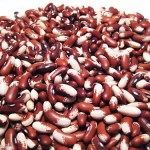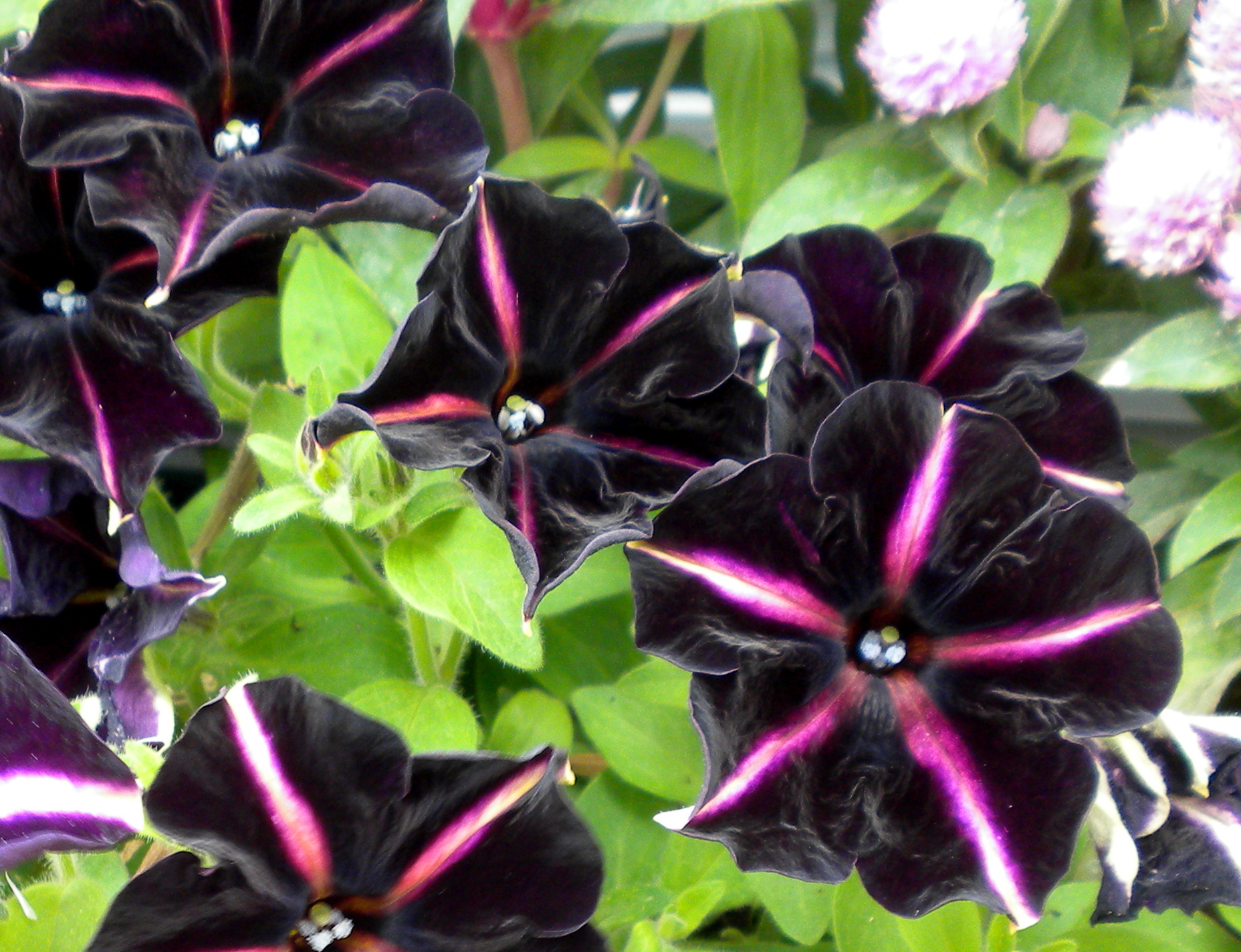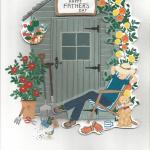
The gardening season is well underway. It’s the time of year when bare spots show up in the garden. Not only bare spots where the bulbs and poppies use to be, but you may have an area of winter-killed perennials or maybe the transplanted seedlings you started never took.
There are several ways of filling in bare spots.
A container garden can be placed in the location or maybe a shrub if you decide to add more structure to your landscape.
Another consideration is planting fast growing annuals. Flats, cell packs and pots of annuals are usually on sale this time of year. Local greenhouses often have a nice selection still available as do some big-box stores.
There are several annuals that are considered quick fillers:
Coleus works well in areas having light shade. These beautiful annuals are known more for their amazing leaf colors than their flowers. Coleuses are available in a variety of sizes, leaf textures, and of course colors ranging from deep wines to bright chartreuse.
For flowers in shady areas, Impatiens and Wax Begonias are the standard go-to plants. They come in a wide range of colors with single or double blooms. These annuals respond very well to being pinched back to promote branching and more blooms.
If you need a ground cover for shade use silver leaved Lamium, cultivar ‘White Nancy’ to draw light into a shady area. For colored blooms try ‘Pink Pewter’. The bonus is this groundcover is perennial. With its shallow roots it is easily removed before winter if you want it only as filler for summer.
For the sunny garden Petunias and Marigolds are the most common quick filler. Although, there are lots of others to choose from!
The popular Wave Petunia and other branded petunias can be found in pots. If you intend to buy a flat of petunias late in the season be aware that they will be leggy and they too will benefit from a light pinching back.
Marigold blooms range in size and types and come in pale yellow to deep bronze. In early July you will want to look for plants that have already been pinched back and are bushy in appearance.
Zinnias, whether tall or short, fill out quickly in sunny sites but need good air movement.
A tall annual that fills space quickly is Cosmos. They have very fine leaves on multiple branches, adding great texture to the garden as well as prominent blooms.
There are a few tricks to remember about filling in bare spots when planting annuals late in the season.
Plant the annuals closer together by one-third than what the tag says. The growing season is shortened so you will not get the full spread (or height) as indicated on the tag. Even though the selection may be minimal, look for bigger, beefier plants.
In early July when purchasing packs or a flat of annuals, especially the taller varieties, the plants will probably be root bound. Trying to tease the roots apart before planting using your fingers will do more harm than good. What I found works best is to take a pair of garden scissors and nip off the very bottom of the root mass by about a quarter inch.
With potted plants that are severely root bound, cut an X with scissors across the bottom of the root mass and one quarter of the way up the sides. In both cases cutting and not tearing the roots apart will allow new roots to develop without too much trauma to the plant.
Remember to keep you new plants evenly moist if the weather is hot and dry and before long that bare spot will have disappeared.












